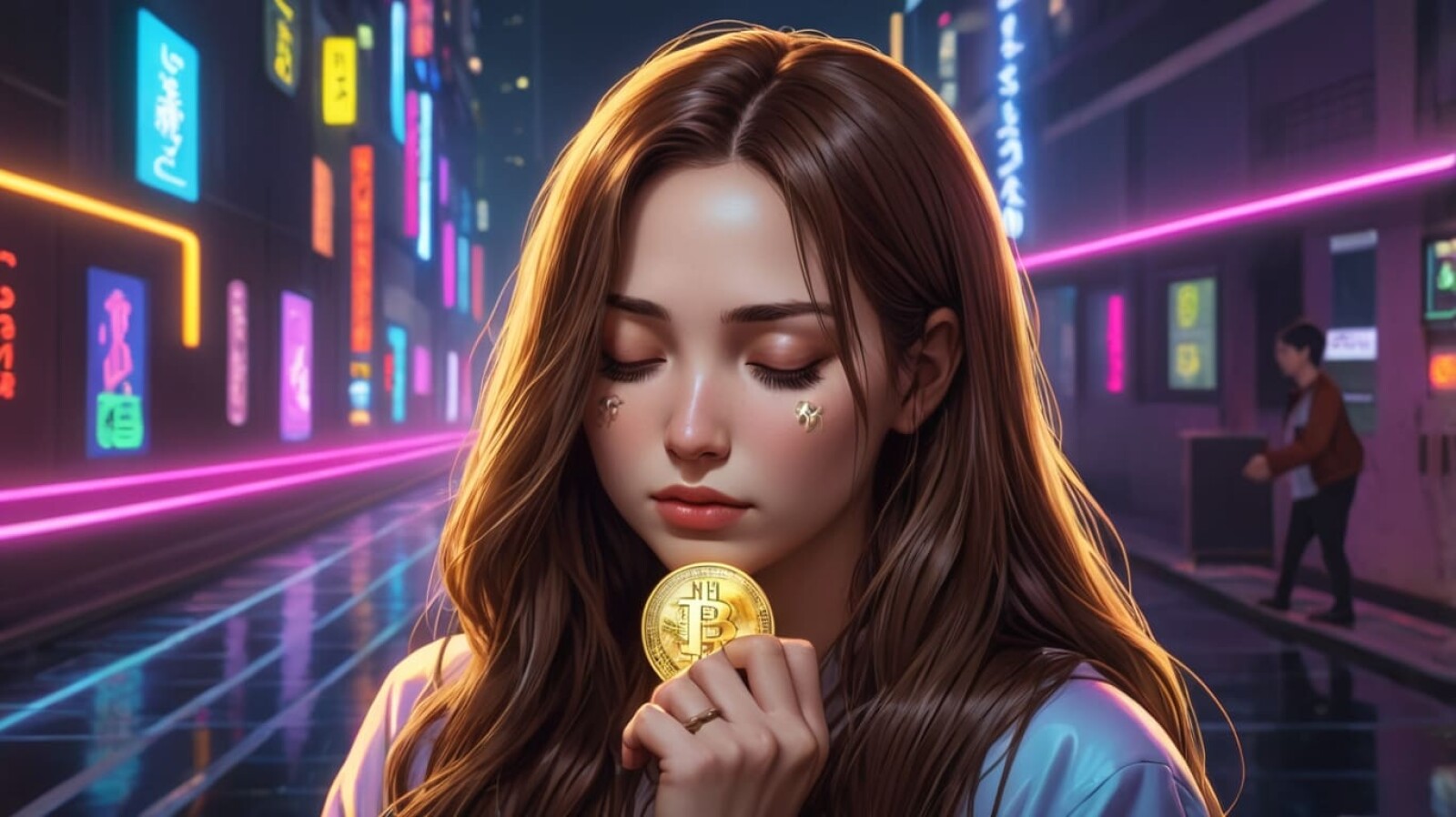
Amelia Altcoin
NFTs in Literature: The New Age of Digital Books

NFTs are ushering in a new age for digital books, offering authors and readers innovative ways to create, distribute, and interact with literature. By leveraging blockchain technology, NFTs provide unique benefits that enhance the value and experience of digital books. Here’s how NFTs are transforming the world of literature and what it means for the future of books.
The Concept of NFTs in Literature
NFTs (non-fungible tokens) are unique digital assets stored on a blockchain, representing ownership of various items, including digital books. In the context of literature, NFTs can represent digital copies of books, exclusive content, and interactive experiences.
Unlike traditional digital books, NFT books are verifiable and scarce, offering a sense of ownership and exclusivity. This approach enhances the value of digital books and provides new opportunities for authors and readers.
How NFTs are Used in Digital Books
Here are some innovative ways NFTs are being used in literature:
Limited-Edition Digital Books: Authors can mint limited-edition digital books as NFTs, offering readers unique and collectible copies. These NFTs can include special features, such as personalized inscriptions, author notes, or exclusive illustrations.
Interactive and Multimedia Content: NFT books can incorporate interactive and multimedia elements, such as animations, videos, and audio clips. This enhances the reading experience and provides readers with a richer and more engaging narrative.
Exclusive Access and Memberships: Authors can offer NFT-based memberships that grant readers access to exclusive content, such as unpublished works, early access to new releases, and virtual book club meetings. These memberships create a sense of community and loyalty among readers.
Secondary Market Sales and Royalties: NFTs enable authors to benefit from secondary market sales through smart contracts that enforce royalties. This ensures that authors receive ongoing compensation whenever their digital books are resold.
Notable NFT Literature Projects
Several notable projects are pioneering the use of NFTs in literature. Here are a few examples:
“The Bitcoin Standard” by Saifedean Ammous: Saifedean Ammous released an NFT version of his book “The Bitcoin Standard,” offering limited-edition digital copies with unique features. The NFT sale included personalized inscriptions and exclusive content for buyers.
“The Merge” by Philip K. Dick Estate: The estate of renowned science fiction author Philip K. Dick released an NFT collection called “The Merge,” featuring digital art inspired by his works. The NFTs included exclusive access to previously unpublished materials and special editions of his books.
Verso: Verso is a platform that leverages NFTs to distribute digital books and content. Authors can mint and sell NFT books, offering readers unique and verifiable digital copies. Verso aims to create a new ecosystem for digital literature.
Benefits of NFTs in Literature
NFTs offer several benefits for authors and readers in the world of literature:
Enhanced Value and Exclusivity: NFT books provide a sense of exclusivity and scarcity, making digital books more valuable and appealing. Limited-edition NFTs can attract collectors and enthusiasts.
Verifiable Ownership: Blockchain technology ensures that NFT books are unique and verifiable. Readers have proof of ownership and can transfer or sell their NFTs if desired.
Ongoing Revenue for Authors: Smart contracts enable authors to receive royalties from secondary sales of NFT books. This creates a sustainable and ongoing revenue stream.
Interactive and Personalized Experiences: NFT books can include interactive and personalized content, offering readers a richer and more engaging experience. This enhances the appeal and impact of digital literature.
Challenges and Considerations
While NFTs offer exciting possibilities for literature, there are challenges and considerations to address:
Technical Integration: Implementing NFTs in literature requires technical expertise and infrastructure. Authors and publishers must ensure seamless integration with blockchain platforms.
Market Volatility: The value of NFTs can be volatile, influenced by market trends and speculation. Authors and readers must navigate these fluctuations.
Regulatory Compliance: Navigating the regulatory landscape for NFTs in literature can be complex. Authors and publishers must ensure compliance with relevant laws and regulations.
Accessibility: Ensuring that NFT books are accessible to a broad audience, regardless of their technical knowledge or access to cryptocurrency, is crucial for widespread adoption.
The Future of NFTs in Literature
The future of NFTs in literature looks promising, with continued innovation and growth expected. Here are a few trends to watch:
Integration with E-Readers and Platforms: NFT books will increasingly integrate with e-readers and digital platforms, offering seamless access and enhanced reading experiences. This could include partnerships with major e-book platforms and devices.
Collaborative and Multimedia Projects: Authors will explore collaborative projects with artists, musicians, and creators, leveraging NFTs to create multi-dimensional and interactive literary experiences.
Community-Driven Models: Community-driven models will gain traction, where readers play an active role in shaping the content and benefits of NFT books. This participatory approach enhances engagement and loyalty.
In conclusion, NFTs are transforming the world of literature by offering innovative ways to create, distribute, and interact with digital books. By leveraging blockchain technology, NFTs provide enhanced value, exclusivity, and engagement for authors and readers. As the space continues to evolve, NFTs will play a crucial role in shaping the future of digital literature, offering exciting possibilities for the new age of books.













